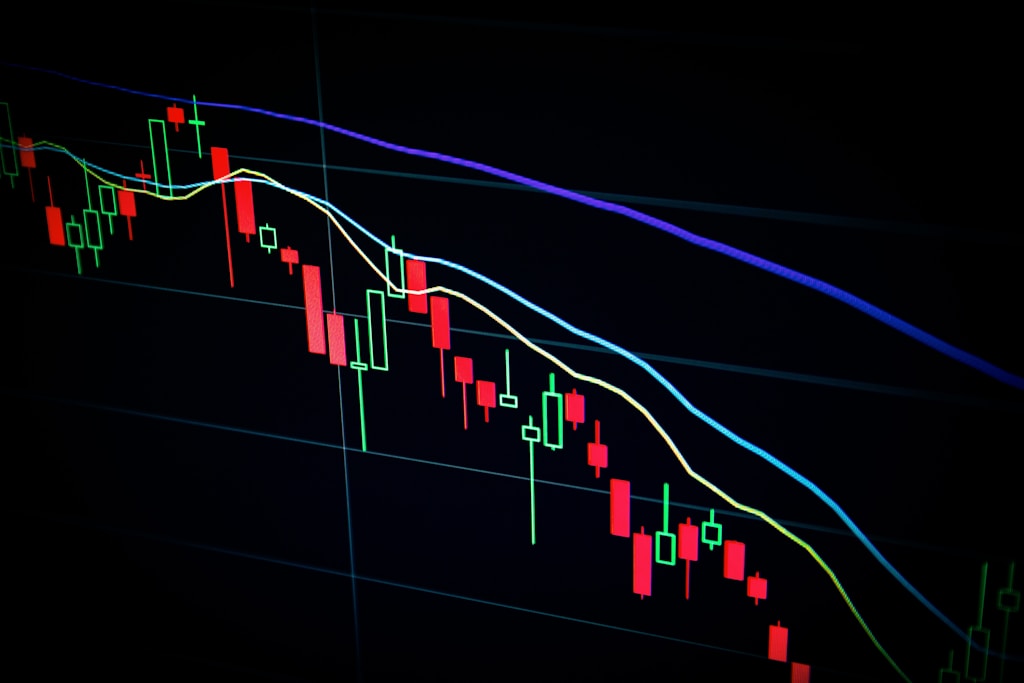Michael Saylor, MicroStrategy’s executive chairman and prominent Bitcoin advocate, has provided crucial insights into Bitcoin’s current market dynamics, explaining why the leading cryptocurrency temporarily behaves like a risk asset. As Bitcoin continues to test key resistance levels around $83.5K, Saylor’s analysis offers valuable perspective on the asset’s short-term correlation with traditional markets.
Understanding Bitcoin’s Risk Asset Behavior
In a detailed conversation with Dave Portnoy, Saylor explained that Bitcoin’s apparent correlation with stocks is primarily a short-term phenomenon driven by trader behavior rather than fundamental characteristics. This insight comes at a critical time, as recent market turbulence has pushed US recession risk to 53%.
Key Factors Influencing Bitcoin’s Market Movement
- Liquidity-driven trading patterns
- Short-term trader behavior
- Market participant psychology
- Institutional investment flows
Long-term Independence vs. Short-term Correlation
Saylor emphasizes that Bitcoin’s fundamental value proposition remains independent of traditional markets, despite temporary correlations. This analysis aligns with historical data showing Bitcoin’s eventual decoupling from traditional risk assets during major market events.
Expert Analysis and Market Implications
Market analysts suggest that understanding this temporary correlation pattern is crucial for investors developing their Bitcoin strategy. The insight provides valuable context for both short-term traders and long-term holders.
Frequently Asked Questions
Why does Bitcoin correlate with stocks in the short term?
According to Saylor, traders typically liquidate their most liquid assets first during market stress, creating temporary correlation patterns.
How long do these correlation periods typically last?
Historical data suggests correlation periods usually last 3-6 months before Bitcoin’s independent characteristics reassert themselves.
What factors will drive Bitcoin’s future independence?
Increasing institutional adoption, regulatory clarity, and broader market understanding of Bitcoin’s unique properties will likely strengthen its independence from traditional risk assets.
